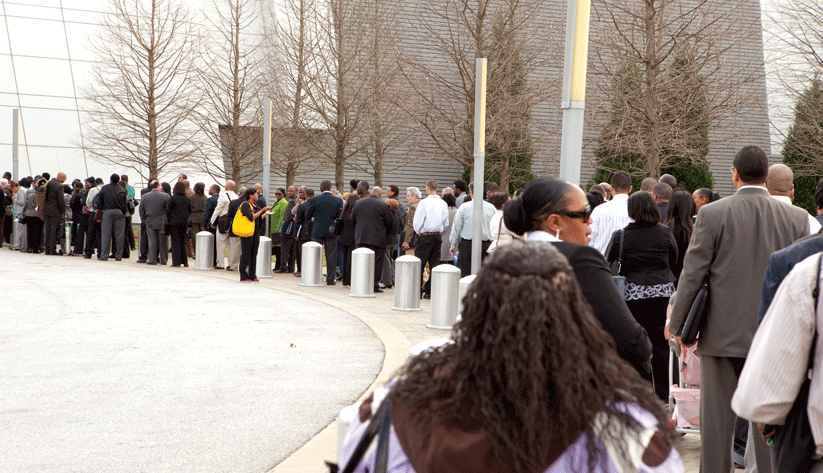
Employers invest billions annually in workforce development. But that investment is focused on highly skilled workers: 58 percent of employers’ formal training dollars go toward those with at least a bachelor’s degree, and another 25 percent to workers with some college, according to a 2015 study by the Georgetown University Center on Education and the Workforce.
As large employers focus workforce development on hard-to-replace high earners, it is largely left to others to tackle the factors producing disparate labor market outcomes. Those others comprise an unwieldy collection of state and local workforce development boards and agencies, for-profit training centers and colleges, and public technical and community colleges.
One goal of the Atlanta Fed is to help bring all these organizations in the Sixth Federal District together. For instance, Center for Workforce and Economic Opportunity staff helped to create the Metro Atlanta eXchange (MAX) for Workforce Solutions, the Atlanta region's only comprehensive directory for workforce development services.
The center also helps policymakers and workforce developers allocate limited resources by tapping the Fed's wealth of labor market research, data, and tools, center director Stuart Andreason said.
For example, the center's Opportunity Occupations Monitor tracks by state and metro area the prevalence of jobs that pay above the geographic area's median wage but don’t require a college degree. The Atlanta Fed's Labor Market Initiative, which includes both the Center for Workforce and Economic Opportunity and the Center for Human Capital Studies, maintains a trove of data and tools for workforce developers and policymakers.
The Center for Workforce and Economic Opportunity makes this material as well as information from throughout the Fed System readily accessible and, ideally, useful to workforce developers through blogs, multimedia presentations, face-to-face discussions, and other means.
In addition, the Atlanta Fed joined the other 11 regional Reserve Banks and the Fed Board of Governors in staging the central bank's highest-profile conference on workforce development. The three-day October event in Austin, Texas, featured speeches by four Fed presidents.
Another priority of the Center for Workforce and Economic Opportunity is to strengthen connections between the workforce development and community development sectors. The Atlanta Fed and the Fed System maintain longstanding relationships with practitioners and researchers in areas such as housing, public health, small business development, and community development finance. Encouraging cooperation between the workforce development and community development camps is vital to dismantle "nonskill barriers" that impede individuals' ability to work, such as lack of transportation and child care, addiction problems, and broad discrimination, Andreason points out.
In all its work, the center strives to support a key Fed System goal: to make a compelling case that workforce development merits serious attention from policymakers. Despite a growing economy and numerous workforce development programs, it is important to remember that challenges remain for workers and employers.
"Reframing and reimagining workforce development efforts as investments—not just social services—can lead to larger-scale solutions and more accountable outcomes," according to Investing in America's Workforce: Report on Workforce Development Needs and Opportunities, a 2017 Fed System report. "Investing in workforce development can yield exponential returns because a stronger workforce supports a stronger economy."



